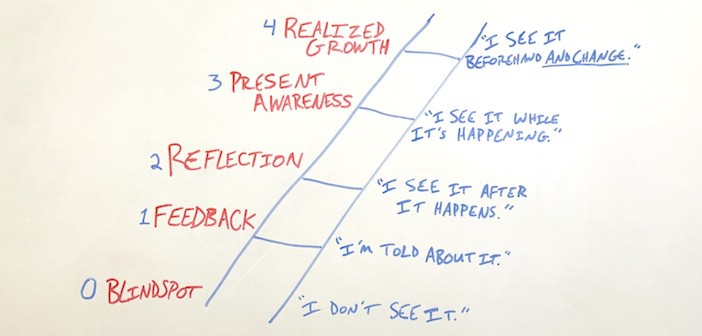In building the leadership structure of any organization, we almost always take a top-down approach. A new church begins with the lead pastor and his or her vision. He then develops his core team. In time, those individuals hire people below them and the cycle continues, deepening the structure. Our natural instinct is to take this same approach when building new volunteer teams. We recruit volunteer leaders to recruit volunteer team members and set the normal cycle into motion. Unfortunately, I fear that many underperforming volunteer teams are suffering from top-down development. Think about the volunteer teams in your organization that never quite got off the ground. What did their beginnings look like?
.
About a year ago, I flipped my entire approach to building new volunteer teams. Rather than beginning with leadership recruitment, I now recruit and lead the entire team from the start. Then in time, with the team fully in motion, I build layers of leadership between the team and myself. There are 3 benefits that I have personally seen so far from this approach…
.
Benefit 1: The team begins much closer to the vision.
With a staff leader directly communicating with each of them, every new team member hears the vision for the team and its role in the church as clearly as possible.
.
Benefit 2: Systems gaps are recognized and filled much quicker.
As a staff leader, I can better identify needed systems and have direct access to the organizational resources needed to build them.
.
Benefit 3: The best-fitting volunteer leaders are recruited.
By seeing the way every volunteer engages with the team and task, I can better identify those with the gifts needed for the specific leadership roles to be filled.
.
So how can you build a new volunteer team from the bottom-up? These are the 4 steps I am taking…
.
Step 1: Recruit the team
Yes, the entire team. If it is going to take 50 people to accomplish the vision, take responsibility for recruiting each of them. Share your vision with key influencers in the church and ask them to help you recruit (but not lead) the team. My experience is that it is actually easier to recruit volunteers when a staff member is directly communicating the initiative.
.
Step 2: Utilize Staff Leadership to Cast Vision and Build Systems
Rather than immediately building a volunteer leadership structure before you launch the team, use a strong staff member (possibly yourself) to lead it. With staff leadership, you will develop more envisioned volunteers and better systems.
.
Step 3: Identify and Recruit Volunteer Leadership
My experience is that this should be around 3-6 months from the launch of the team. This time gives the staff leader the opportunity to identify the best leaders within the team. You will likely be surprised by one or two of them. When you wait 3-6 months to recruit volunteer leaders, you do it with a much better understanding of the position responsibilities and potential candidates.
.
Step 4: Identify and Recruit a Volunteer Coordinator
If there are a few different leadership positions on your team (i.e. Guest Services teams that may rotate by service or week), elevate one of them to serve as a single point leader between the team and staff. The responsibility of a coordinator is to…
- Cast vision and coach each of the team’s leaders
- Ensure that all volunteers share a consistent and excellent experience
- Connect new volunteers
- Communicate directly with a staff member about the progress and development of the team
Building volunteer teams from the bottom-up can seem counter-intuitive at first. After all, it is at direct odds with everything we have learned about organizational structures. But we cannot simply apply our experiences with paid staff to teams of volunteers. By building from the bottom-up, we can better instill vision, establish stronger systems, and develop better leaders to carry our teams far into the future.



